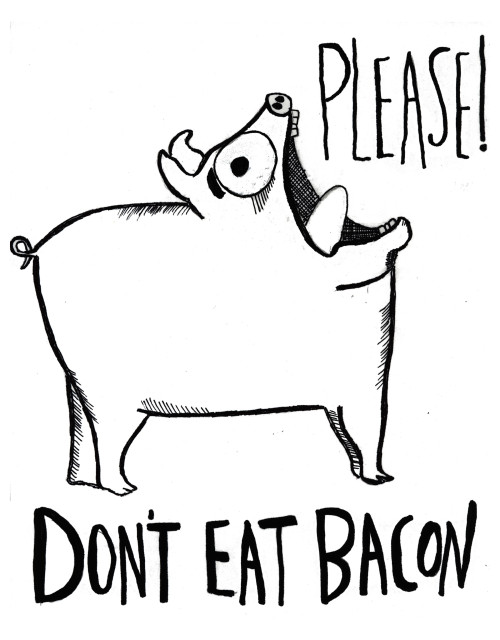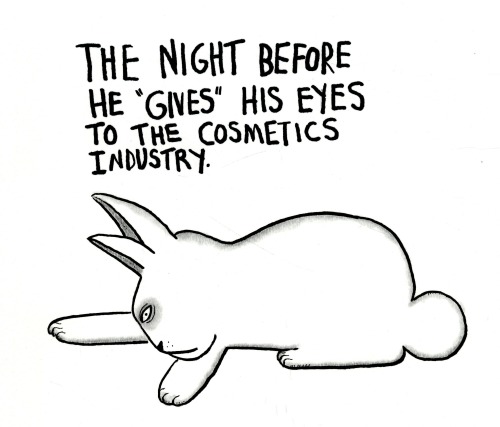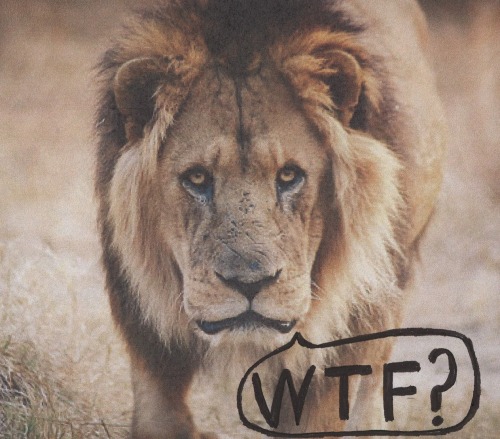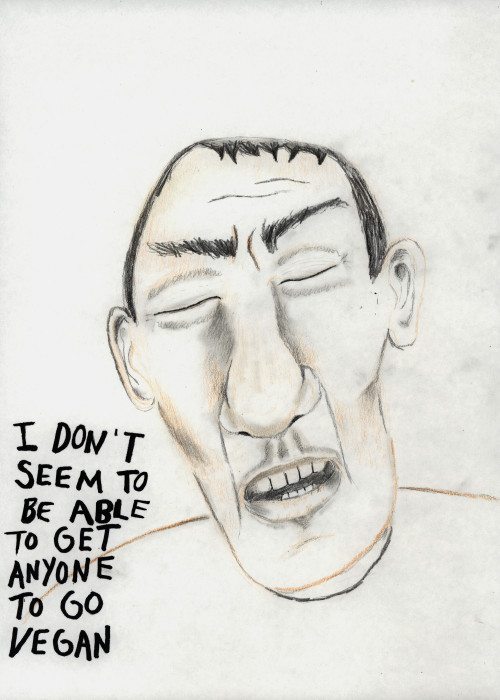
A lot of carnivores got pretty upset when they found out they’d unknowingly been eating so-called “pink slime,” (scraps from the slaughterhouse floor “sterilized” with ammonia). Some even wanted to go vegan after that…but, alas, they found slime in vegan food too!
Blech!
Whoa, whoa, whoa, you don’t have to eat slime to be vegan. Just avoid these foods:
1) TOFU. Yes, tofu, that white gelatinous stuff that sort of wobbles on its own has probably turned off more people to veganism than anything else. Once my dad was happily scarfing down tofu lasagna made by my sister-in-law. “Wow! This is great,” he said. “You like it?” she said. “I made it with tofu.” My dad swallowed seemingly with great difficulty and set his fork down.
Nobody has to eat tofu to be a vegan. Really, it’s not in the vegan rule book.
If slimy tofu turns you off, you’ll really want to avoid so-called “Silken tofu.” They should just call it “extra slimy tofu,” because that stuff will slide across a counter on its belly to the floor if you’re not careful.
I’ve used Silken tofu to make chocolate mousse. But if you don’t like sweet, chocolaty, light as a feather dessert that could compete with anything you’d get in France, have an apple.
Speaking of fruit. The slimiest of the slimy has to be the MANGO. Rich golden orange and as sweet as cotton candy, mango practically does the hula. But again, you don’t have to eat it. Have some watermelon.
Moving on to vegetables: don’t eat the OKRA. I don’t care if it’s fried, it’s still gotta an extremely high slime content.
2) Some would argue that ALL vegetables are slimy. No they’re not! Just eat the damn vegetables. Vegans, like everybody else, need them. (We also need whole grains, potatoes and beans.)
3) CHIA SEED DRINKS. Yup, they’re extremely slimy. Unfortunately, when chia seeds get wet they get slimy just like flax seeds do. First of all there’s no need to get them wet and make a slimy “drink” out of them or a slimy breakfast Jello out of them. You can eat them dry and maybe you should eat them dry: great source of omega-3’s.
4) NATTO. Fermented soybeans. You can not find vegan food more slimy than this, yet it’s a favorite in Japan. Definitely not a hit in America. Some American food writers charitably call it “an acquired taste.” Yet, Anthony Bourdain, a food writer not known for his graciousness or his charity, spat it out: “an unbelievably foul, rank, slimy, glutenous and stringly goop…if the taste wasn’t bad enough, there’s the texture. There’s just no way to eat the stuff.” There you have it. Americans who don’t like slime: Enjoy a great bowl of lentil chili instead.
5) COOKED MUSHROOMS. Nothing like chia seed drinks or Natto, but somewhat slimy.
Only a die-hard slime-a-phobe, would worry about them.
Yes, we vegans and vegetarians have our share of slimy foods, but at least ours aren’t made from the body parts of suffering cows, hosed down with ammonia and hidden in other foods. Gotta give us that.
Go veg!
– A Vicious Vegan blog post –






